ベルリン市内の公園には、「Spielplatz(子どもの遊び場)」と「Park(大きな緑地公園)」の二種類があるのですが、中でも「Abenteuerspielplatz(プレーパーク、冒険遊び場)」という街の中にある子どもの遊び場がとても興味深いです。子どもたちは材木や大工道具を使って、小屋や橋をつくり、改装・改築を繰り返し、自分たちの遊び場をつくっていくそうです。
1943年に「ガラクタ遊び場(Skrammellegeplads)」としてデンマークではじまり、1950年代には「ロビンソン遊び場(Robinsonspielplätze)」などという名前で英国やスイス、1960年代に西ベルリンに広まりいまも人気の遊び場になっています。ベルリンの「Pinke Panke(ピンケパンケ)」という子ども農場では、建設体験、農場体験、庭造り、ピザ窯をつくり火を炊く体験ができます。
また、ベルリンの壁が崩壊した時に廃校の危機に面した旧東側の学校が「子どもたちと家畜を送ってください」手紙を書いたことに始まり、「Grundeschule im Gruen」という家畜の世話から小屋の建設を通じて学ぶことのできる農場のような学校ができました。評判になりすぎて廃校どころか子どもたちの数が増えているそうです。徳島県伊座利(いざり)の漁村留学にも似ている流れがありますね。
再生した漁村集落、伊座利(いざり)へ
IZARI. Success in the regeneration of the village
この冒険遊び場や体験農場。日本では東京都世田谷区の羽根木プレーパーク、愛知県の渥美どろんこ村や長野県のXYサタデースクールネットワークなどが先進事例として知られています。
Adventure playground – Wikipedia
An adventure playground is a specific type of playground for children. Adventure playgrounds can take many forms, ranging from “natural playgrounds” to “junk playgrounds”, and are typically defined by an ethos of unrestricted play, the presence of playworkers (or “wardens”), and the absence of adult-manufactured or rigid play-structures. Adventure playgrounds are frequently defined in contrast to playing fields, contemporary-design playgrounds made by adult architects, and traditional-equipment play areas containing adult-made rigid play-structures like swings, slides, seesaws, and climbing bars.
History
Harry Shier, in Adventure Playgrounds: an introduction (1984) defines an Adventure Playground this way:An Adventure Playground is an area fenced off and set aside for children. Within its boundaries children can play freely, in their own way, in their own time. But what is special about an Adventure Playground is that here (and increasingly in contemporary urban society, only here) children can build and shape the environment according to their own creative vision.
— Harry Shier, Adventure Playgrounds: An Introduction, NPFAThe first planned playground of this type, the Emdrup Junk Playground, opened in Emdrup, Denmark, in 1943. In 1948, an adventure playground opened in Camberwell, England. The term “junk playground” is a calque from the Danish term skrammellegeplads. Early examples of adventure playgrounds in the UK were known as “junk playgrounds”, “waste material playgrounds”, or “bomb-site adventure playgrounds”. The term “adventure playground” was first adopted in the United Kingdom to describe waste material playgrounds “in an effort to make the ‘junk’ playground concept more palatable to local authorities”.
冒険遊び場(ぼうけんあそびば、The Adventure Playground、der Abenteuerspielplatz)は、子供の遊び場の中でもより年長の子供たちにやや冒険的で、多少の危険の伴う体験的で、自分たちで遊びの内容を構築していく可能性のある遊び場のことをいう。プレーパークという名称で、日本国内でいくつか誕生している遊び場も、こうしたものの一つと考えてもよい。遊び方が、遊具や施設の形態で既に規定されているようなものと違い、遊び方の可能性が豊かで、子供の空想や創造性、身体の運動性を刺激するようなもの、また遊び仲間の集団が自然発生的にかたちづくられたり、自然や動物とのふれあいの機会も用意されていたりと、冒険遊び場のスタイルにはかなりのバラエティがあって、なかなか一括して語ることは難しいものがある。
プレーパークは、従来の公園、既成のブランコ、シーソー、鉄棒などがあるようなお仕着せの遊び場と違い、一見無秩序のように見えて、子供たちが想像力で工夫して、遊びを作り出すことの出来る遊び場、東京都世田谷区の羽根木プレーパークがオープンして、この言葉が日本でも広く知られるようになった。子供の安全の確保のために指導員を置いたりすることもある。 もともとは、ヨーロッパの都市の子供のための公園で、古タイヤを積み上げたりしただけで遊び場として提供するといった動きが出てきて、そういうものに見習ったもの。
公共の遊び場というもの自体は、1865年からあり、1943年デンマークの公園設計家C・Th・ソーレンセンが、コペンハーゲンで「がらくた遊び場」(Geruempelspielplatz)という彼のアイディアを初めて実際のものとして作り上げたのがプレーパークの始まりといわれる。
1950年代にはスイスやイギリスで同種のものが作られるようになり、ロビンソン遊び場や、冒険遊び場という名前で呼ばれた。1960年代には、当時の西ドイツの西ベルリンでやはり冒険遊び場がつくられ、この呼称が一番ポピュラーなものになりつつある。冒険遊び場を翻訳したものが、プレーパークであるといってもよいだろう。
子供たちが、安全に、しかし、予め設えられた設備や遊びのプランの選択肢に縛られることなく、自由に変更や改変を加えて、自分たちのアイディアとスタイルで楽しみ、発見や創造する喜びを味わえるというのが、プレーパークの哲学である。

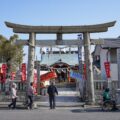
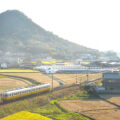
![【香川】山頂からの瀬戸内と讃岐平野を見渡す絶景!上佐山(うわさやま) - [Kagawa] Mt. Uwasa yama, Spectacular views over the Seto Inland Sea and the Sanuki Plain from the summit.](https://yousakana.jp/wp-content/uploads/wordpress-popular-posts/51667-featured-120x120.jpeg)
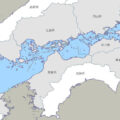
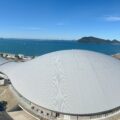
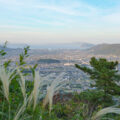

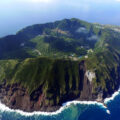
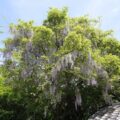

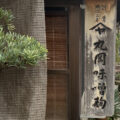


![【日本唯一 徳島】水銀朱の採掘遺跡『若杉山辰砂採掘遺跡』 – [Tokushima] Mercury vermillion mining site “Wakasugiyama Cinnabar Mining Site” | 物語を届けるしごと](https://yousakana.jp/wp-content/uploads/wordpress-popular-posts/42801-featured-120x120.jpg)

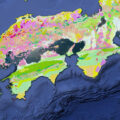
![【香川】春日川の川市 – [Kagawa] River market of Kasuga river](https://yousakana.jp/wp-content/uploads/wordpress-popular-posts/49605-featured-120x120.jpeg)
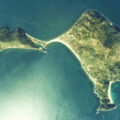
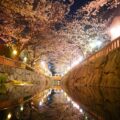

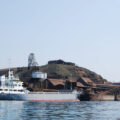

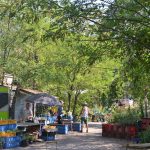


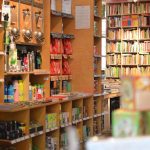

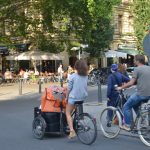
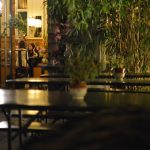

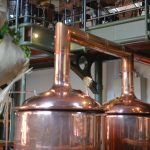
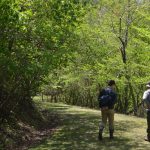
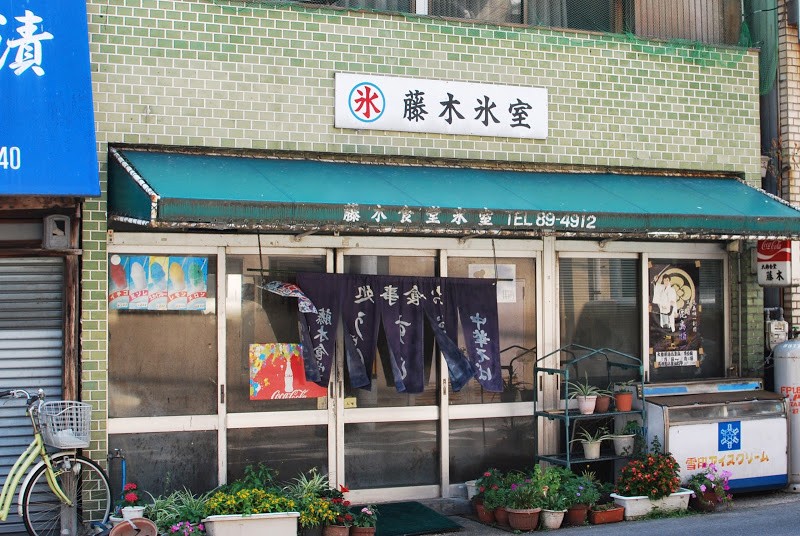
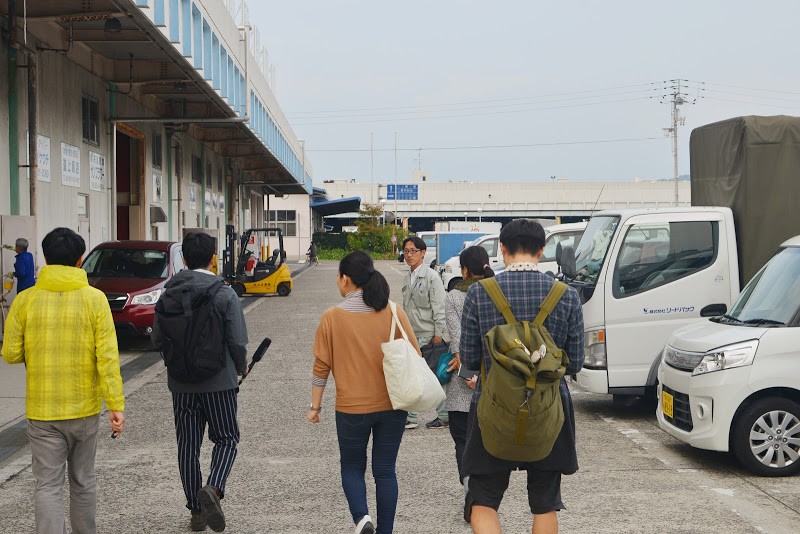
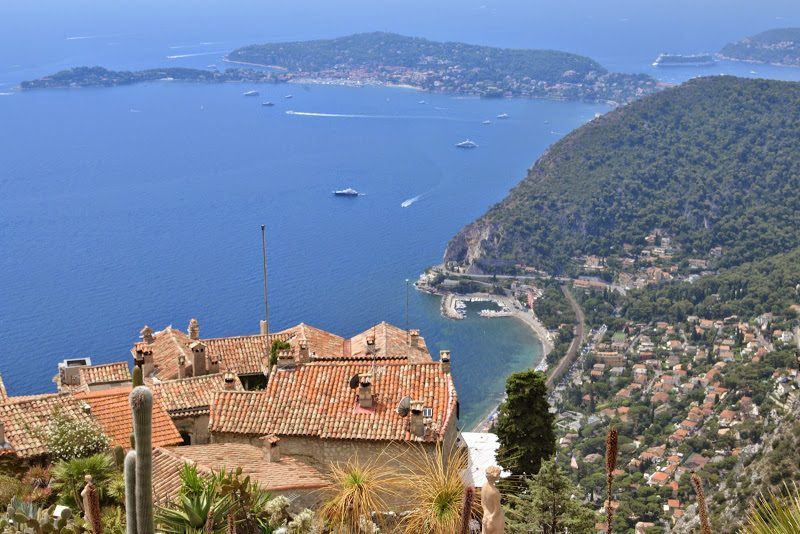
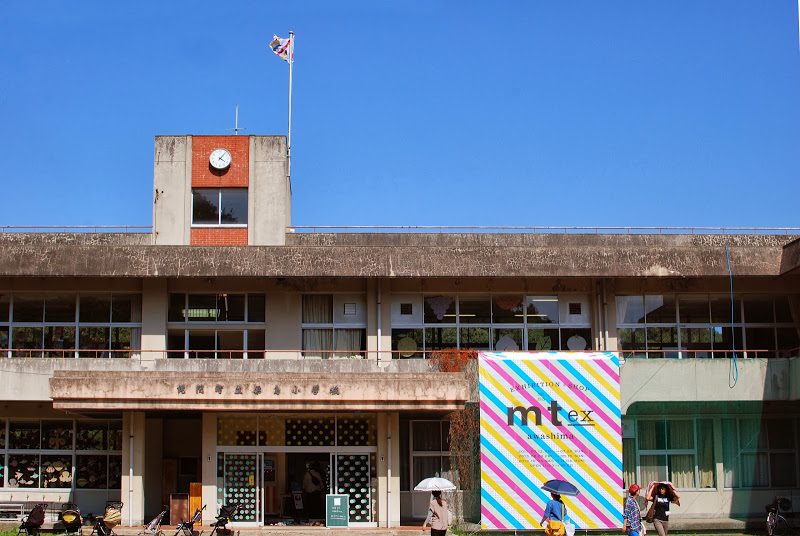
![【香川】高松・中央卸売市場特別開放 – [kagawa] The Takamatsu City Central Wholesale Market](https://yousakana.jp/wp-content/uploads/2015/02/takamatsu-market-800x533.jpg)

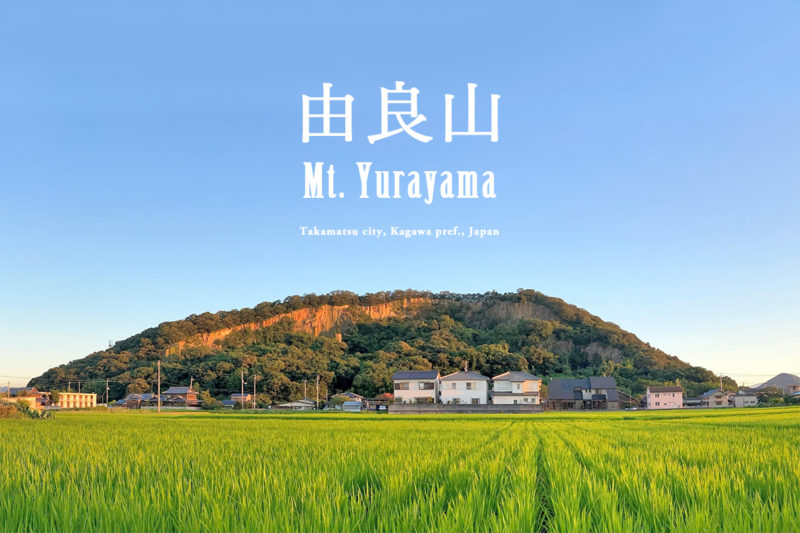

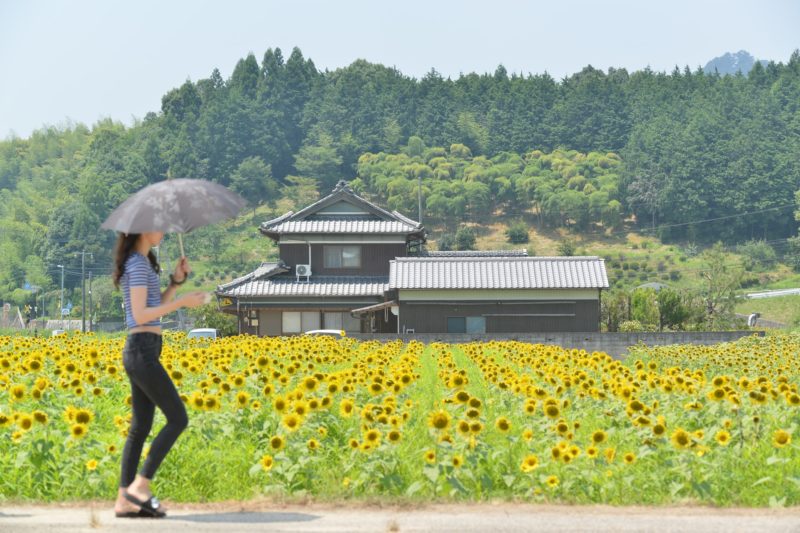
![【香川】豊浜ちょうさ祭り – [Kagawa] Toyohama Chousa Festival](https://yousakana.jp/wp-content/uploads/2014/10/toyohama-chousa_festival.jpeg)
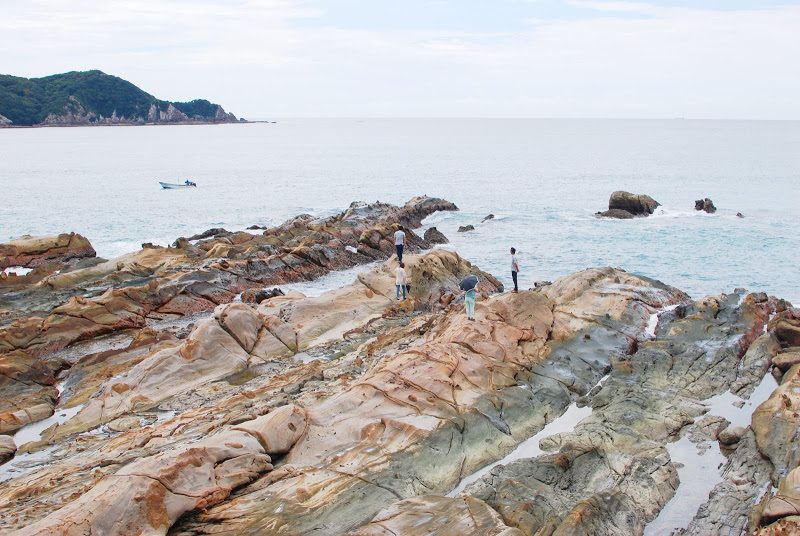
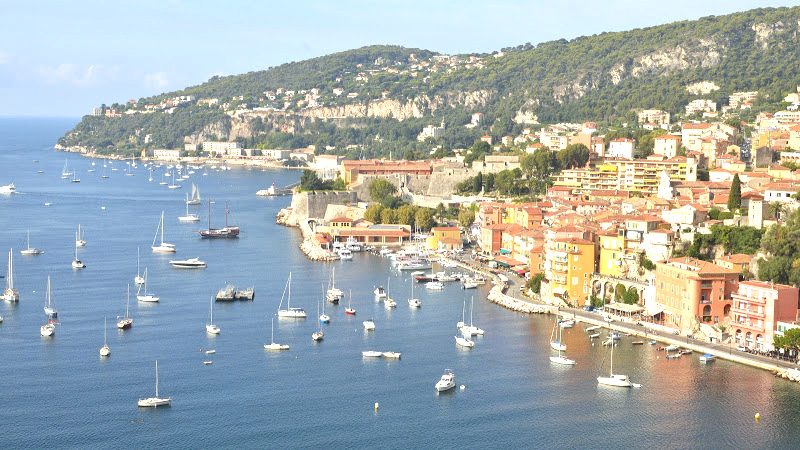
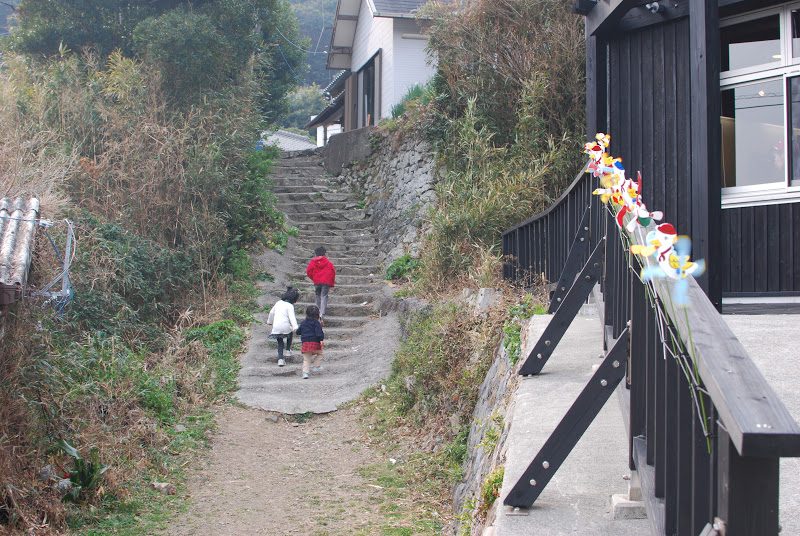
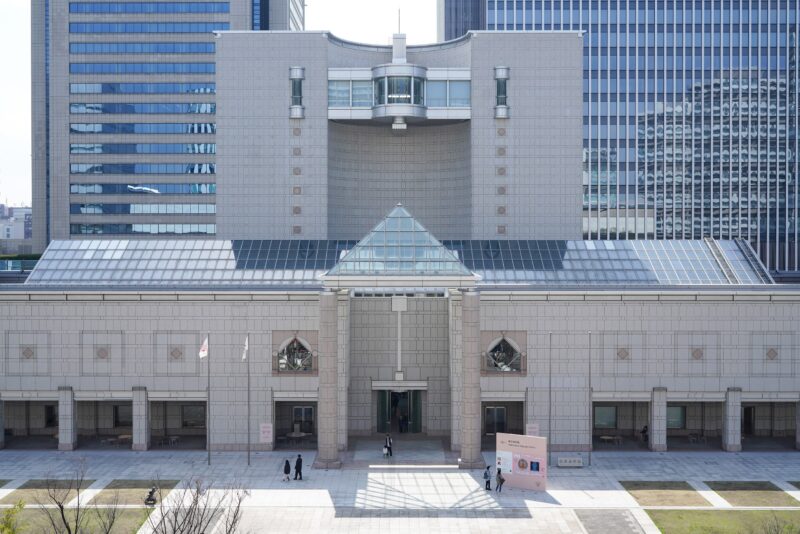
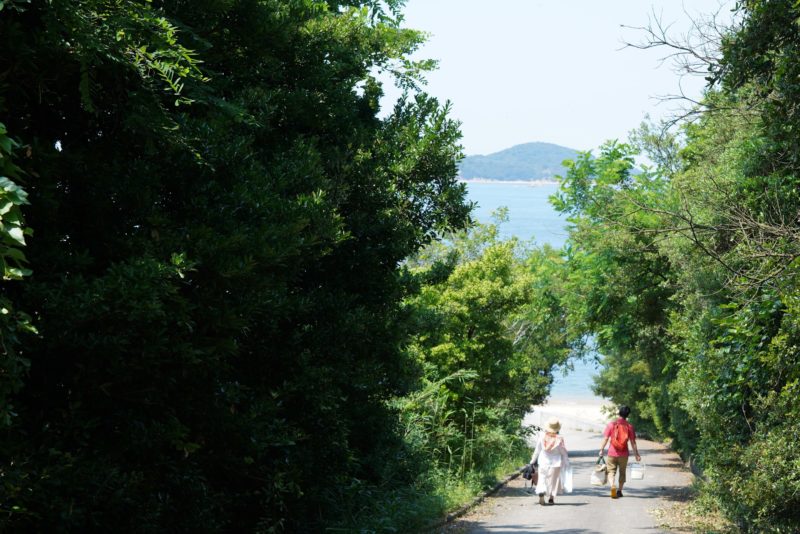

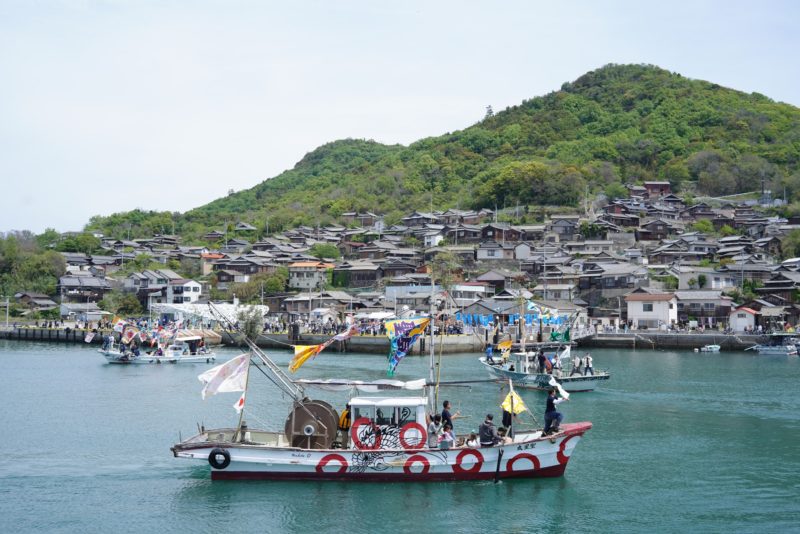

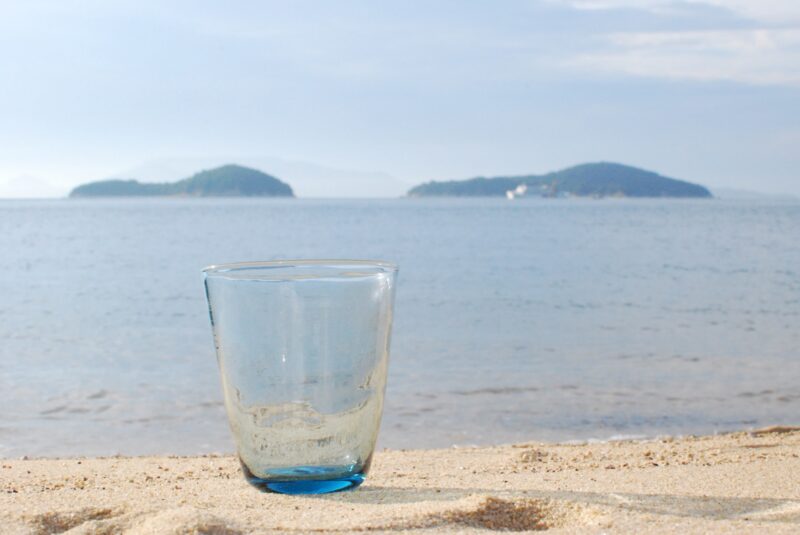
![【高知】おやつの神さまが集まるイベント「おやつ神社」 – [Kochi] OYATSU JINJYA(Shrine)](https://yousakana.jp/wp-content/uploads/2017/10/oyatsu-shrine-800x534.jpg)
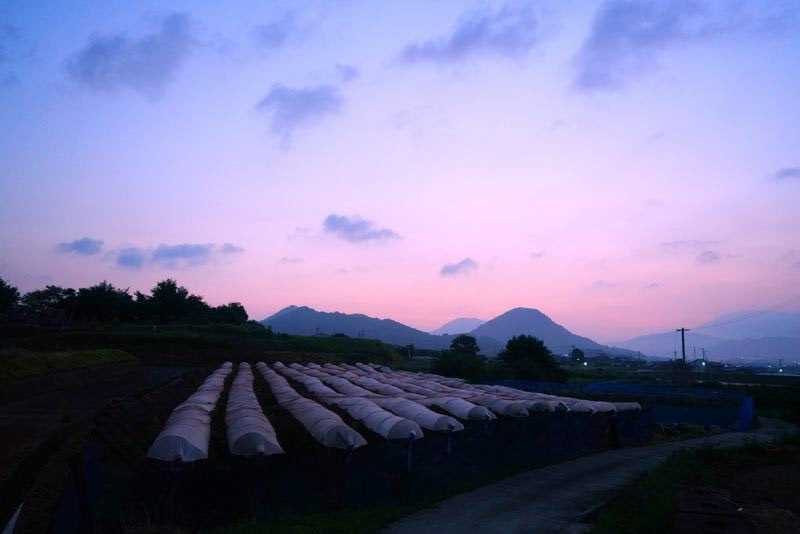
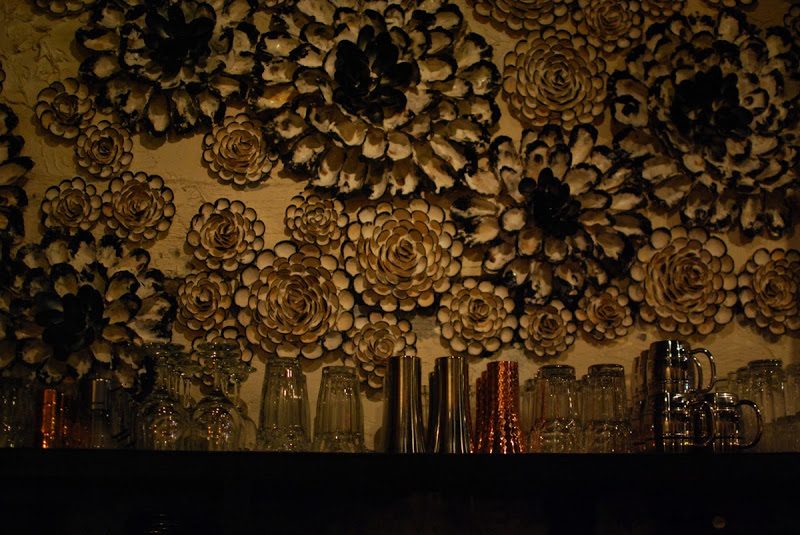

![【香川】サウナシュラン2024で全国10位!1300年前の古代サウナ「塚原のから風呂」 – [Kagawa] ”Tsukahara Karafuro” Ancient SAUNA of Tsukahara, Sanuki city](https://yousakana.jp/wp-content/uploads/2019/03/karafuro-tsukahara-1-800x533.jpg)

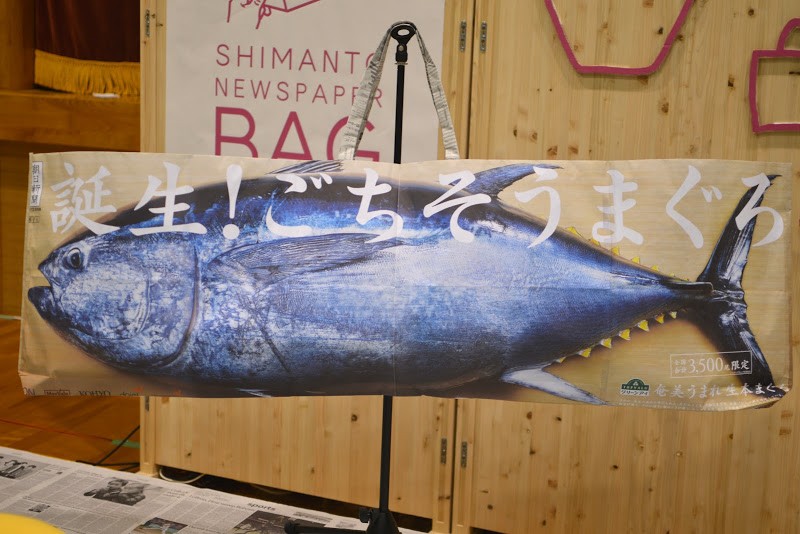
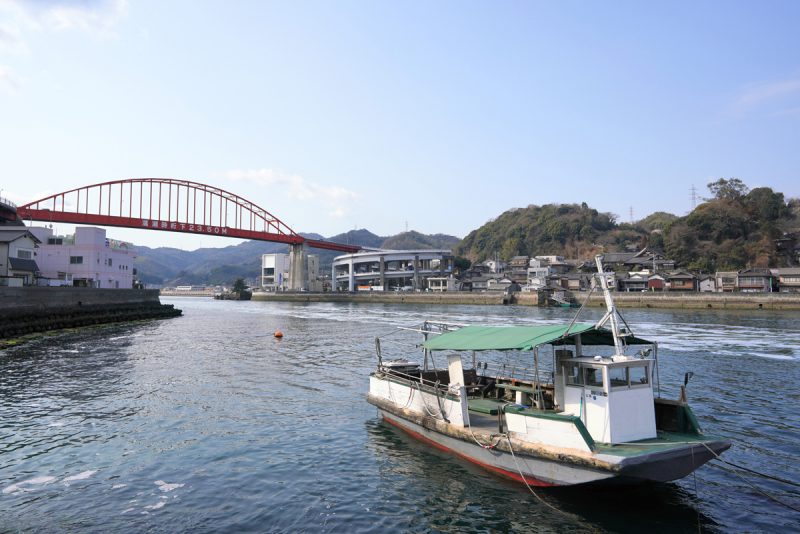
![【徳島 公共建築百選】増田友也設計『鳴門市文化会館』 – [Tokushima: 100 public buildings] “Naruto City Cultural Hall” designed by architect Tomoya Masuda](https://yousakana.jp/wp-content/uploads/2022/06/Naruto-City-Cultural-Hall-800x506.jpg)
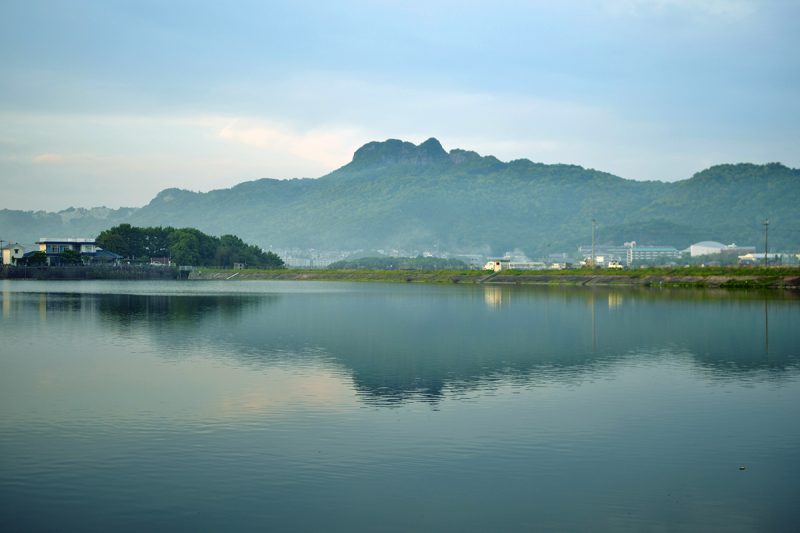
![【香川】川沿いをピンクに彩る80本の桜。湊川『河津桜ロード』 – [Kagawa] Kawazu Cherry Blossom Road](https://yousakana.jp/wp-content/uploads/2022/03/kawazu-sakura_higashi-kagawa-800x534.jpeg)
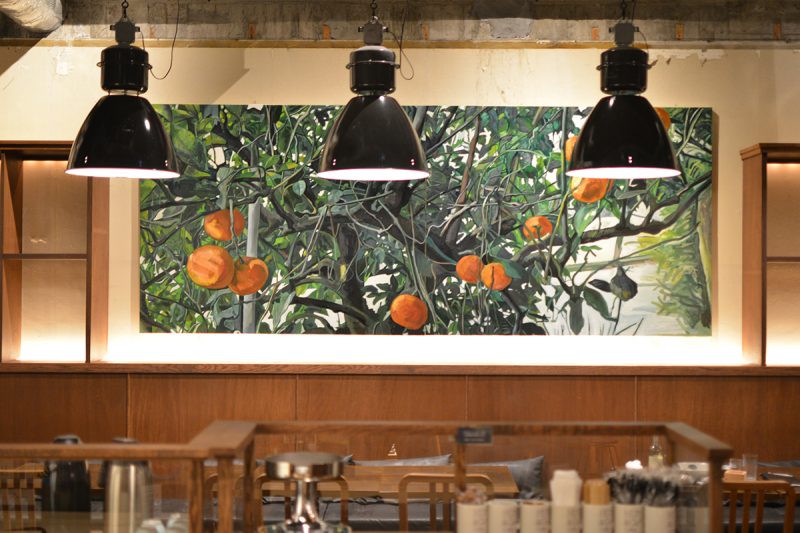


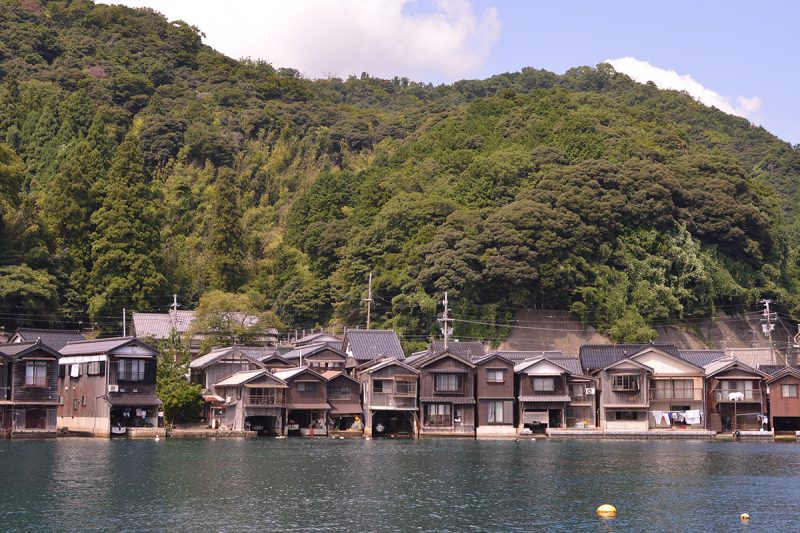
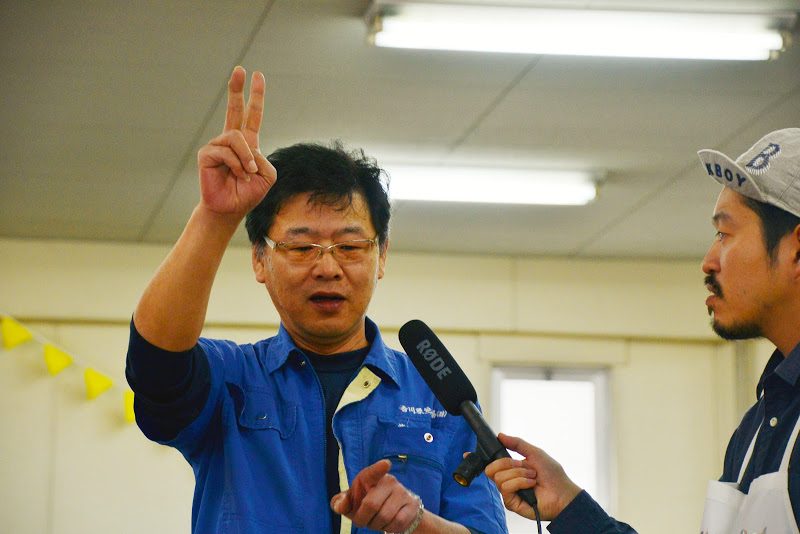
![【徳島】なると金時の木内農園 – [Tokushima] Sweet potato “Naruto Kintoki” of Kinouchi farm](https://yousakana.jp/wp-content/uploads/2016/03/DSC_5376-800x534.jpg)
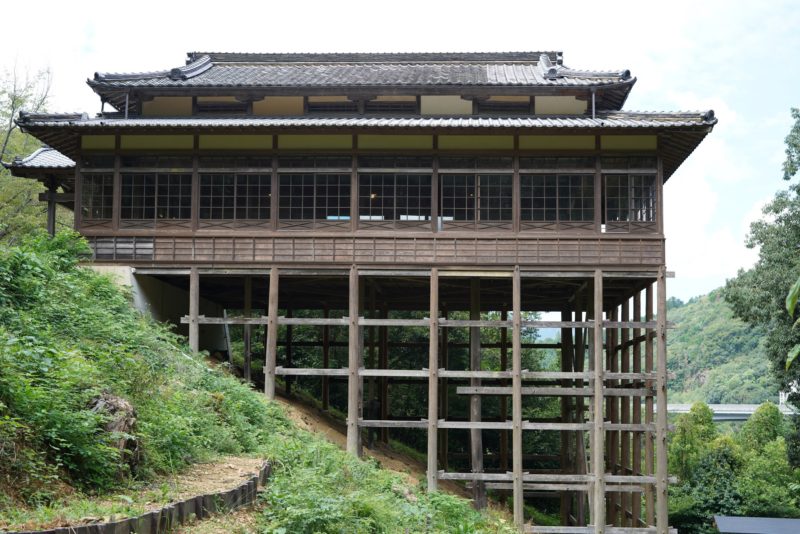
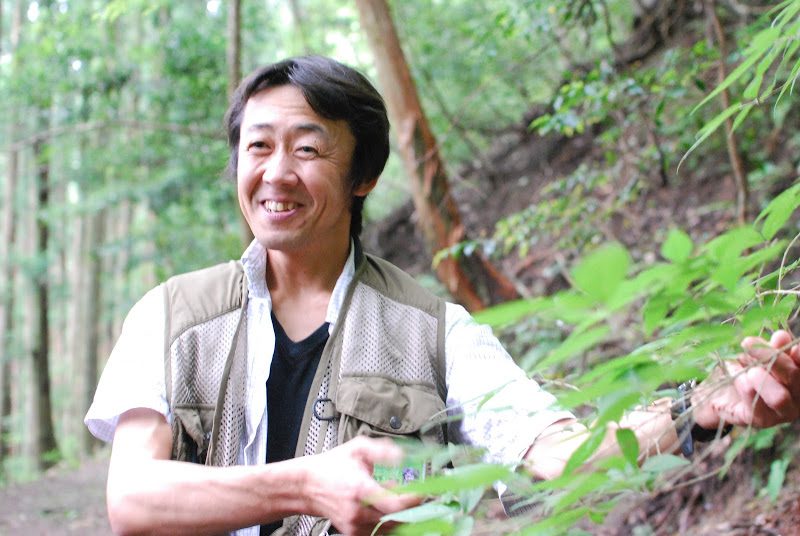
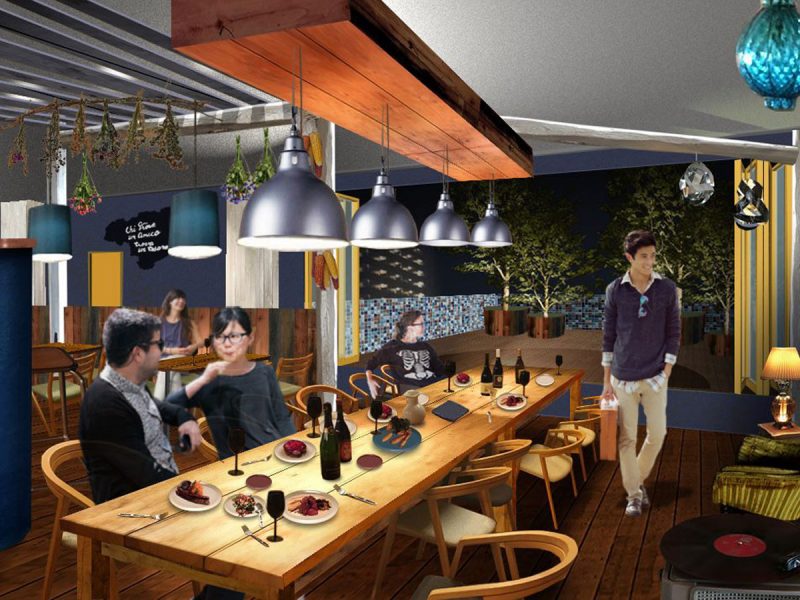


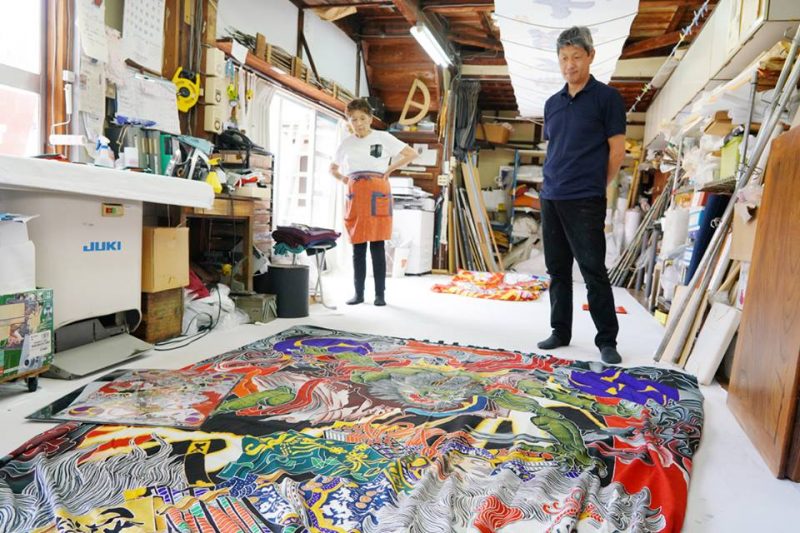
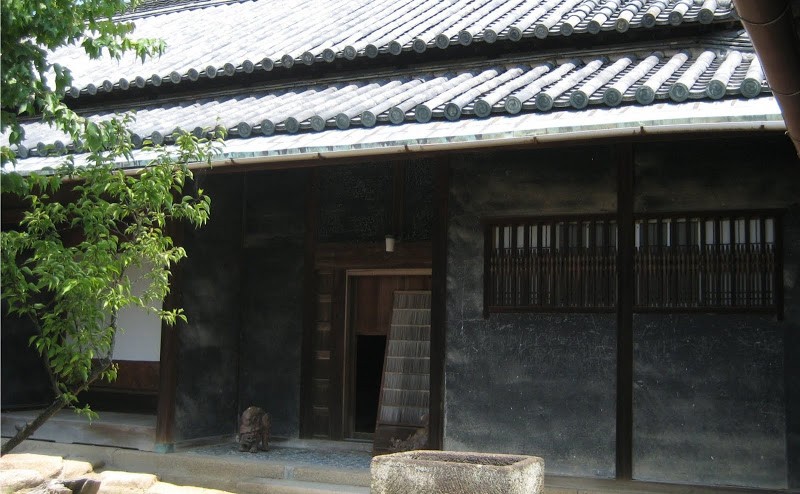
![【全国初 泊まれる城】大洲城 – [Ehime] You can stay Ozu Castle](https://yousakana.jp/wp-content/uploads/2020/07/Ozu-Castle-800x533.jpg)
![【高知 毎年2月11日】土佐の三大祭り『秋葉祭り』 仁淀川町 – [Kochi Feb. 11th ] Akiba Festival of Niyodogawa town](https://yousakana.jp/wp-content/uploads/2017/02/akibafestival_kochi-800x536.jpg)
![【香川】仏生山温泉 天平湯 – [Kagawa] Busshozan hot spring](https://yousakana.jp/wp-content/uploads/2013/07/busshozan-onsen-ice-800x536.jpg)
![【香川】高松市は松盆栽の全国シェア80%!『高松盆栽の郷』 – [Kagawa] Bonsai Village of Takamatsu](https://yousakana.jp/wp-content/uploads/2021/01/takamatsu-bonsai-village-01-800x534.jpg)

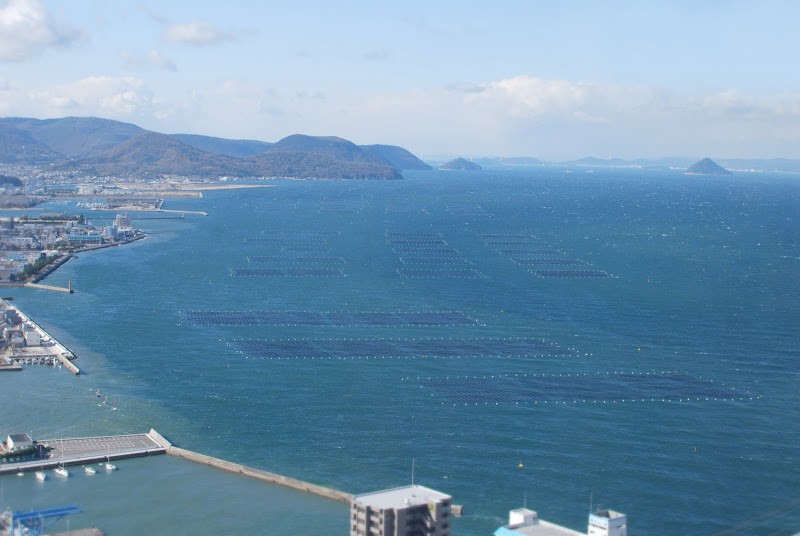
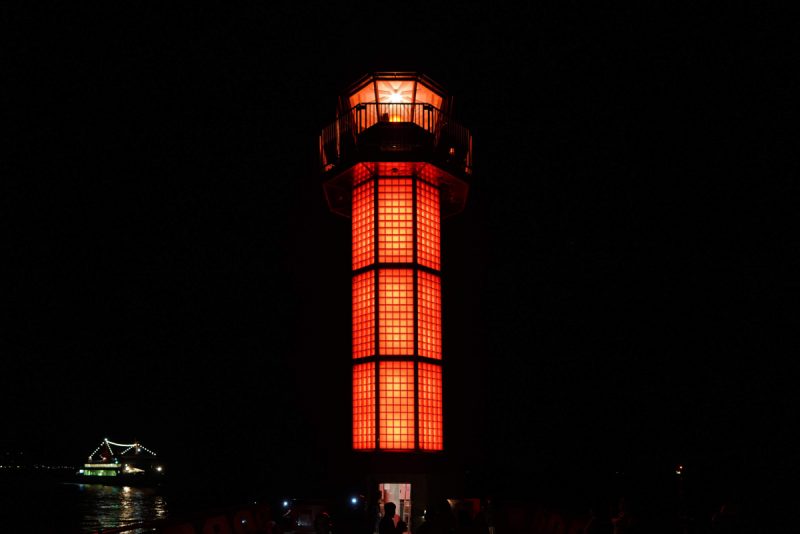
![【東京】和田邦坊が描いた蕎麦屋の天井画『つづらそば』 – [Tokyo] “Tsuzura Soba”, decorative ceiling painting by Kunibo Wada](https://yousakana.jp/wp-content/uploads/2017/11/kunibo-wada-02-800x533.jpg)
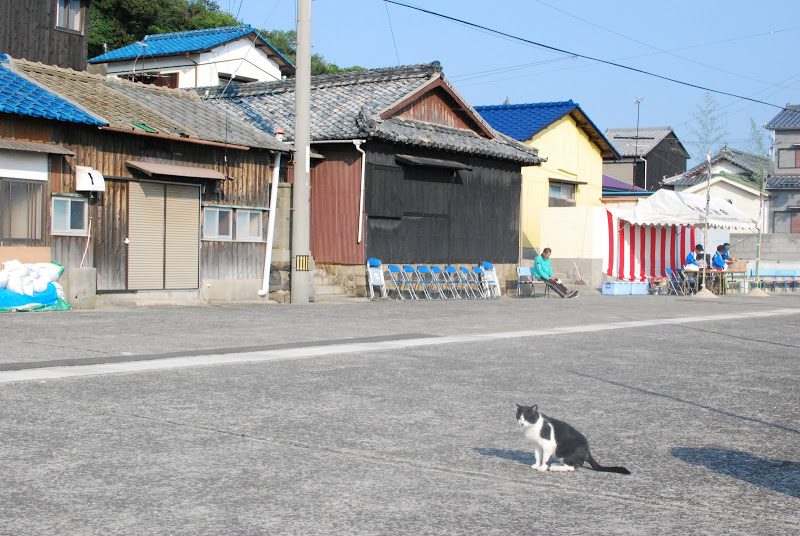

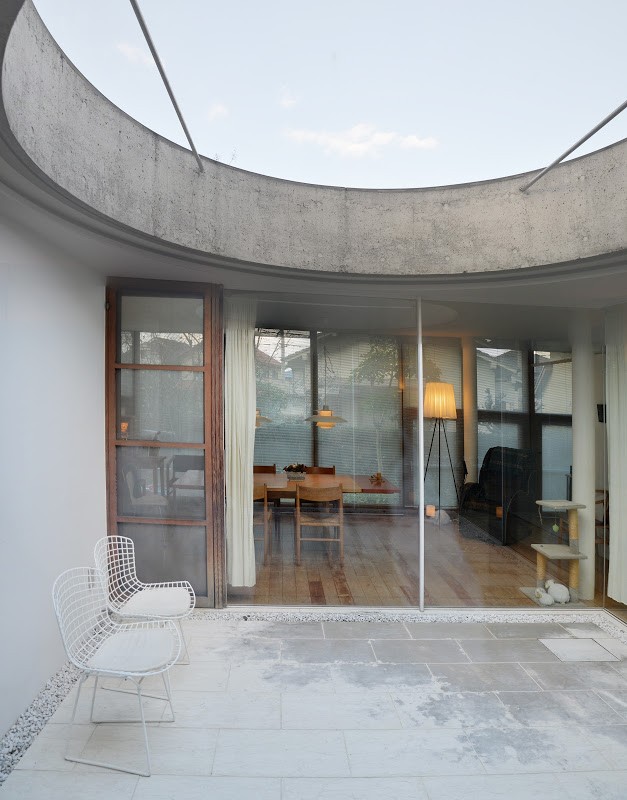

![【香川】甘い香り。いちご狩り スカイファーム – [Kagawa] Strawberry Picking “SKY FARM”](https://yousakana.jp/wp-content/uploads/2018/05/strawberry-800x534.jpg)

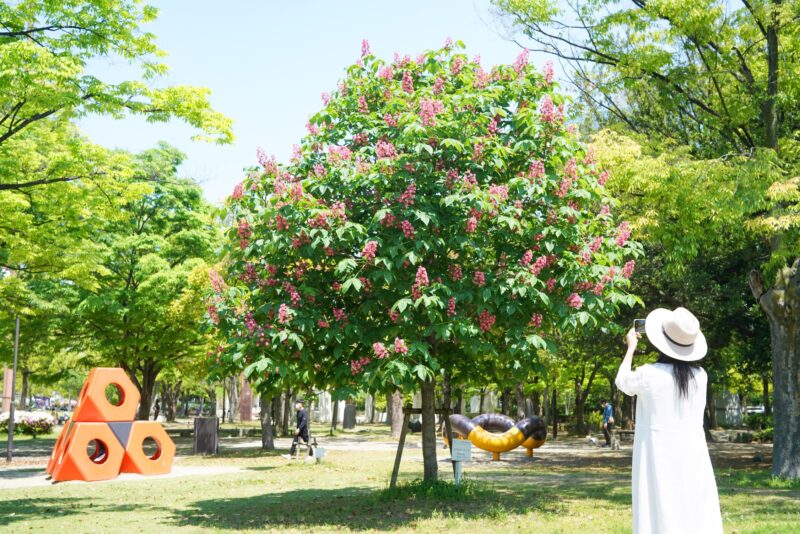
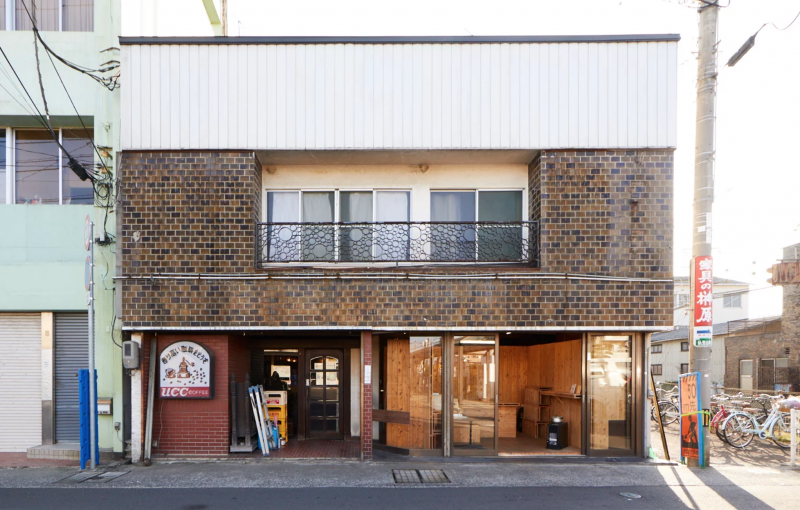
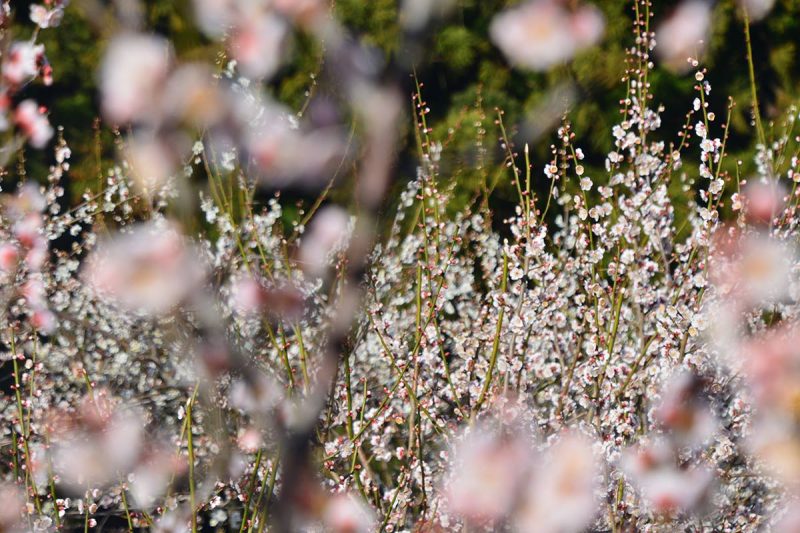
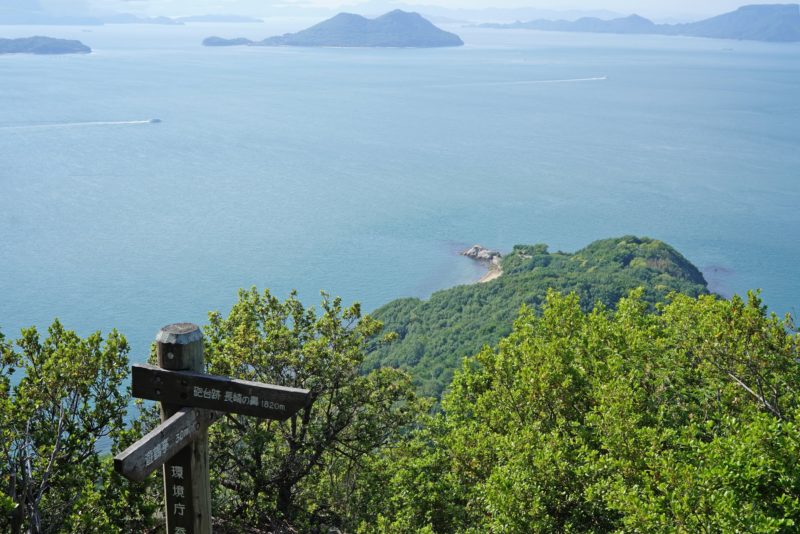
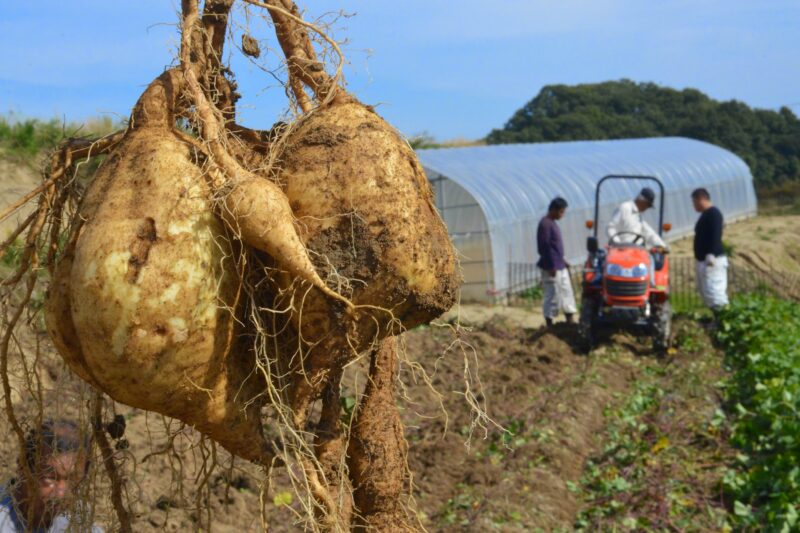
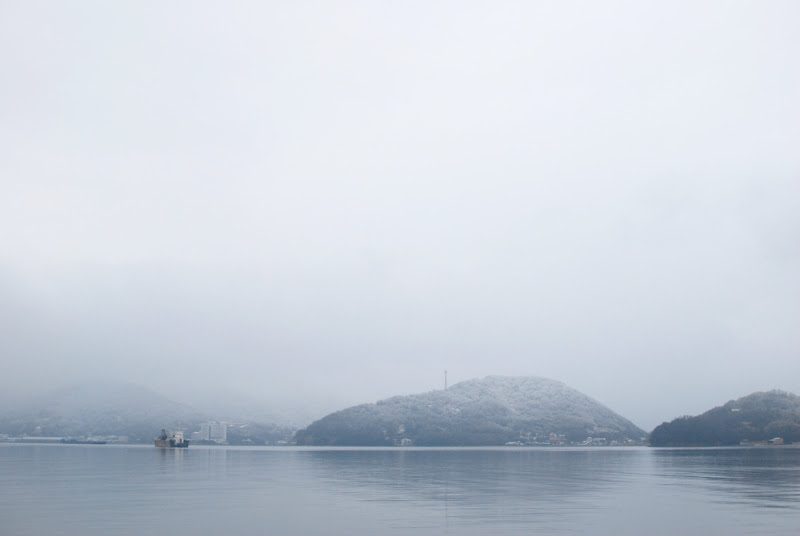
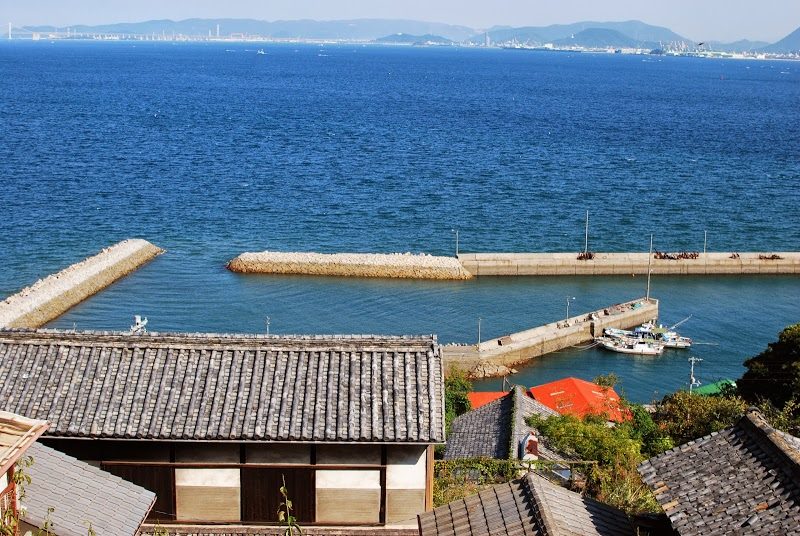
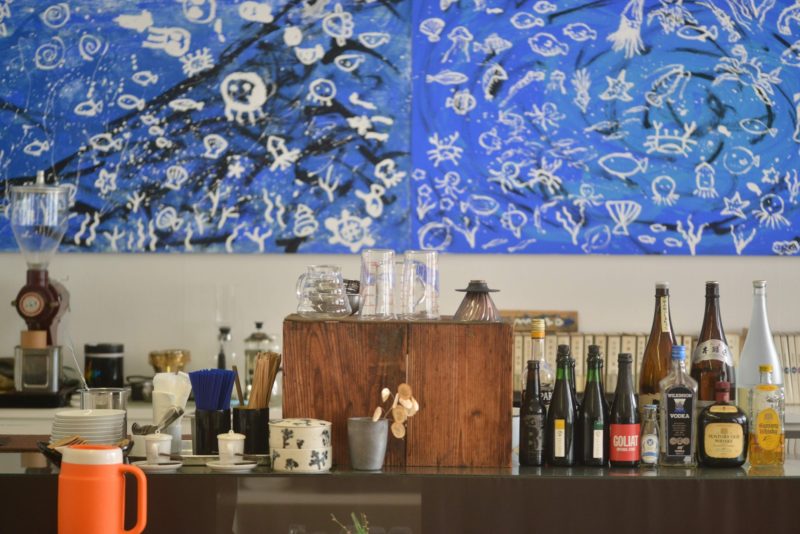
![【広島】国指定重要文化財「世界平和祈念堂」 – [Hiroshima] Memorial Cathedral of World Peace](https://yousakana.jp/wp-content/uploads/2024/05/World-Peace-Memorial-Hall_hiroshima-800x533.jpeg)
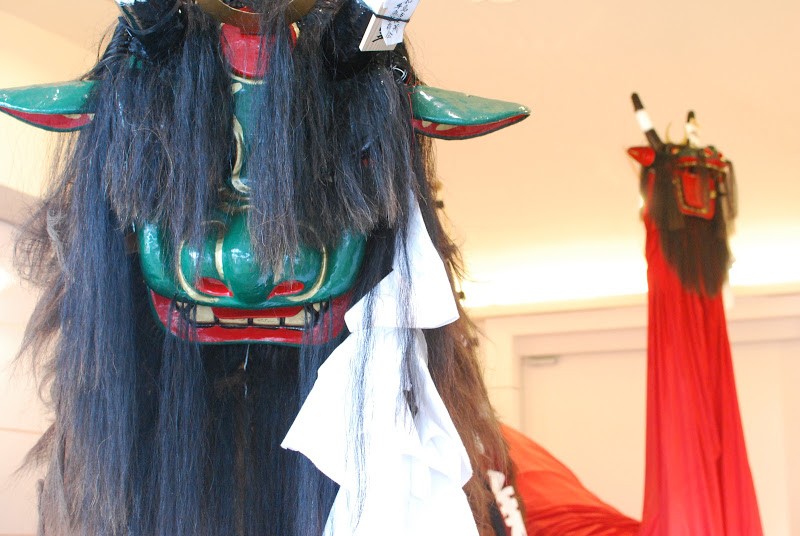
![【香川 10/12-2/2 生誕120年!!】香川をデザインした男、和田邦坊「灸まん美術館」 – [Kagawa 12th Oct. – 2nd Feb. ] Works of Kunibo Wada, 120th Anniversary](https://yousakana.jp/wp-content/uploads/2019/08/kunibo-wada_kyuman-museum-800x407.jpg)
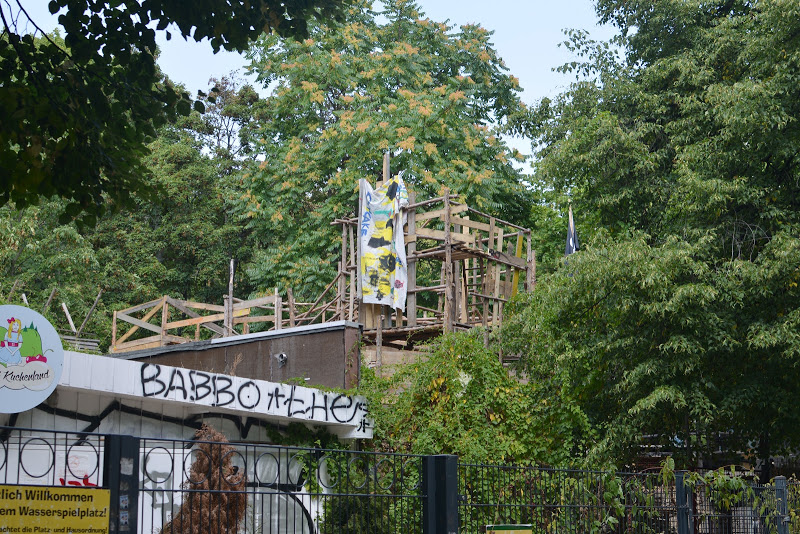
コメントを残す